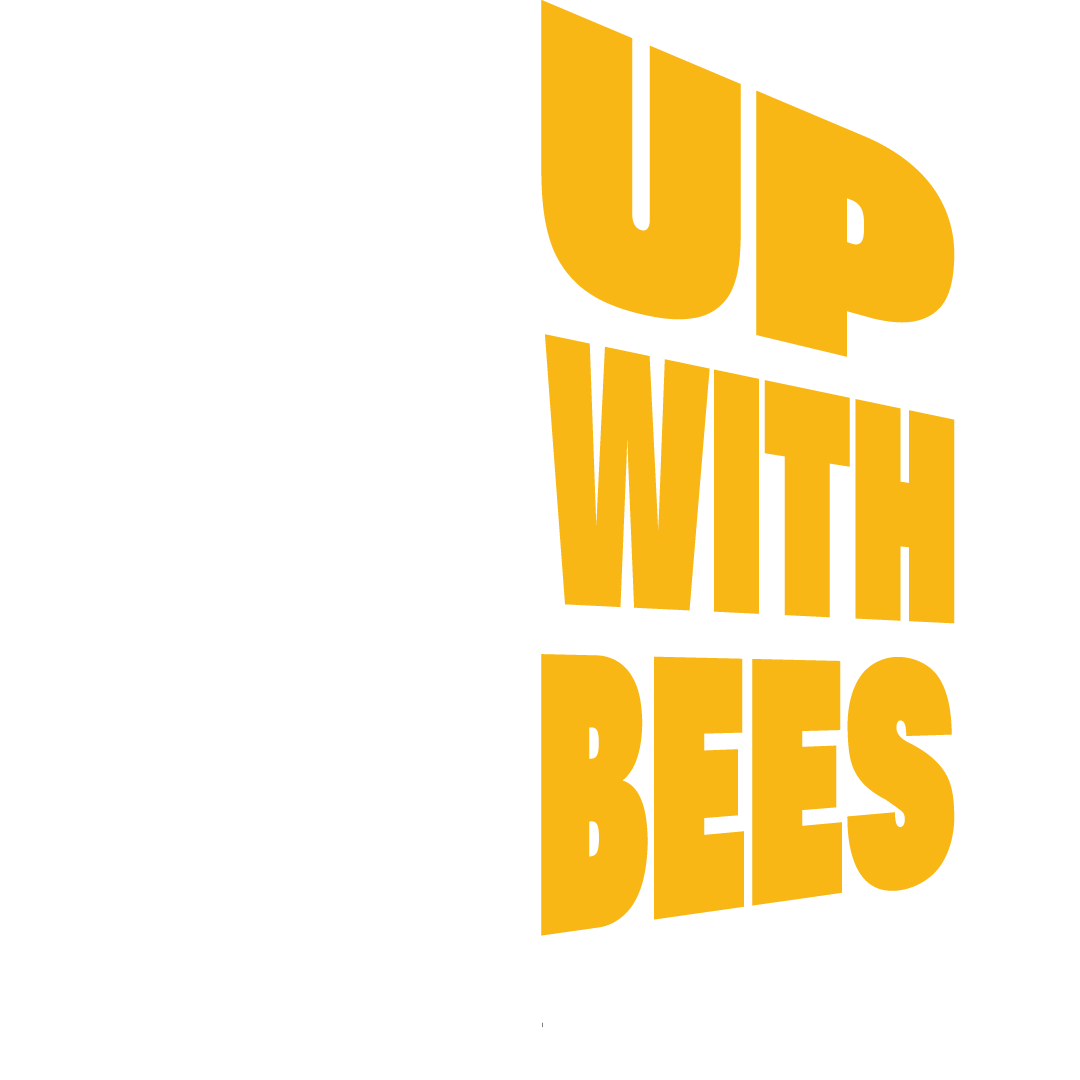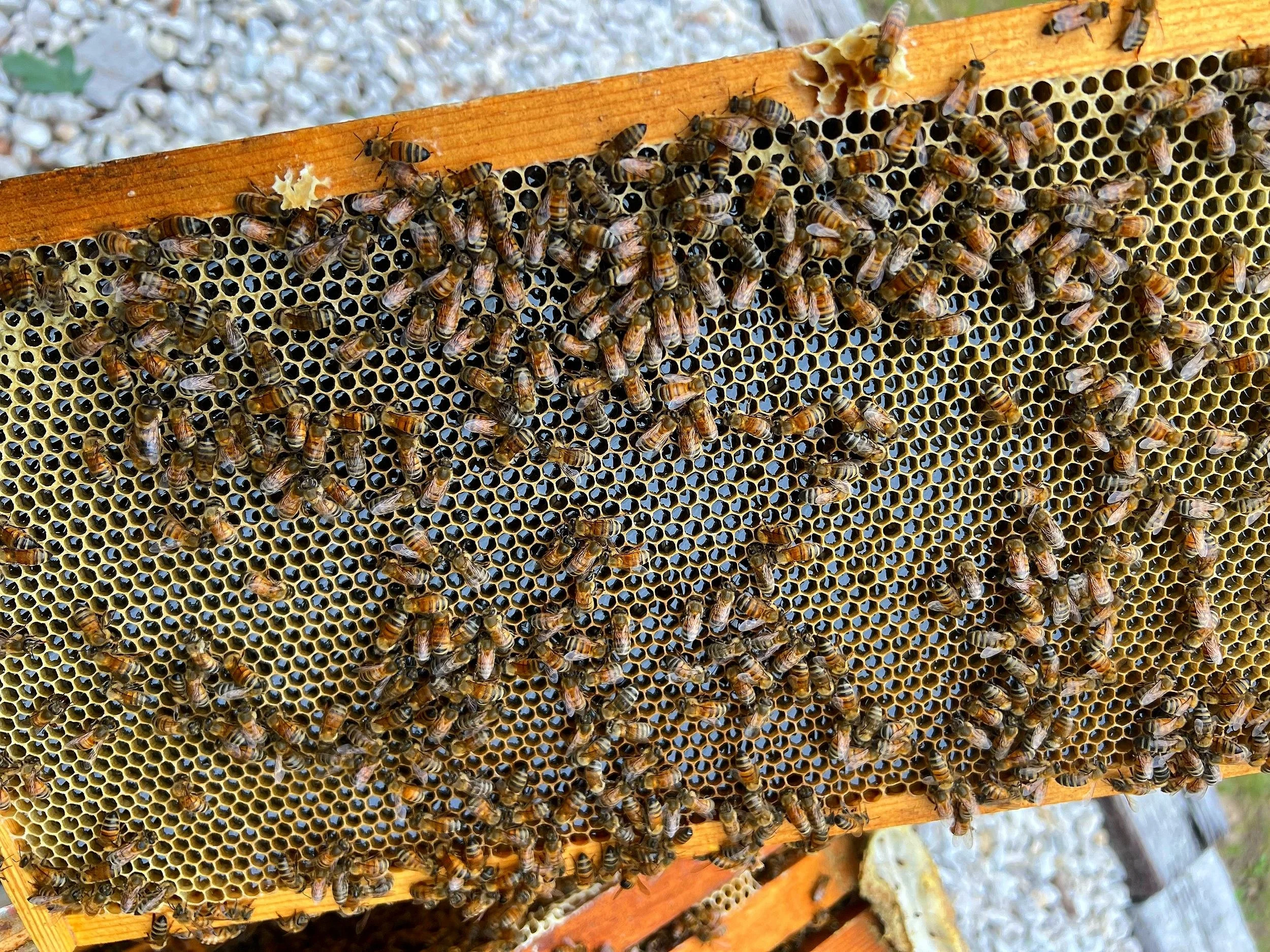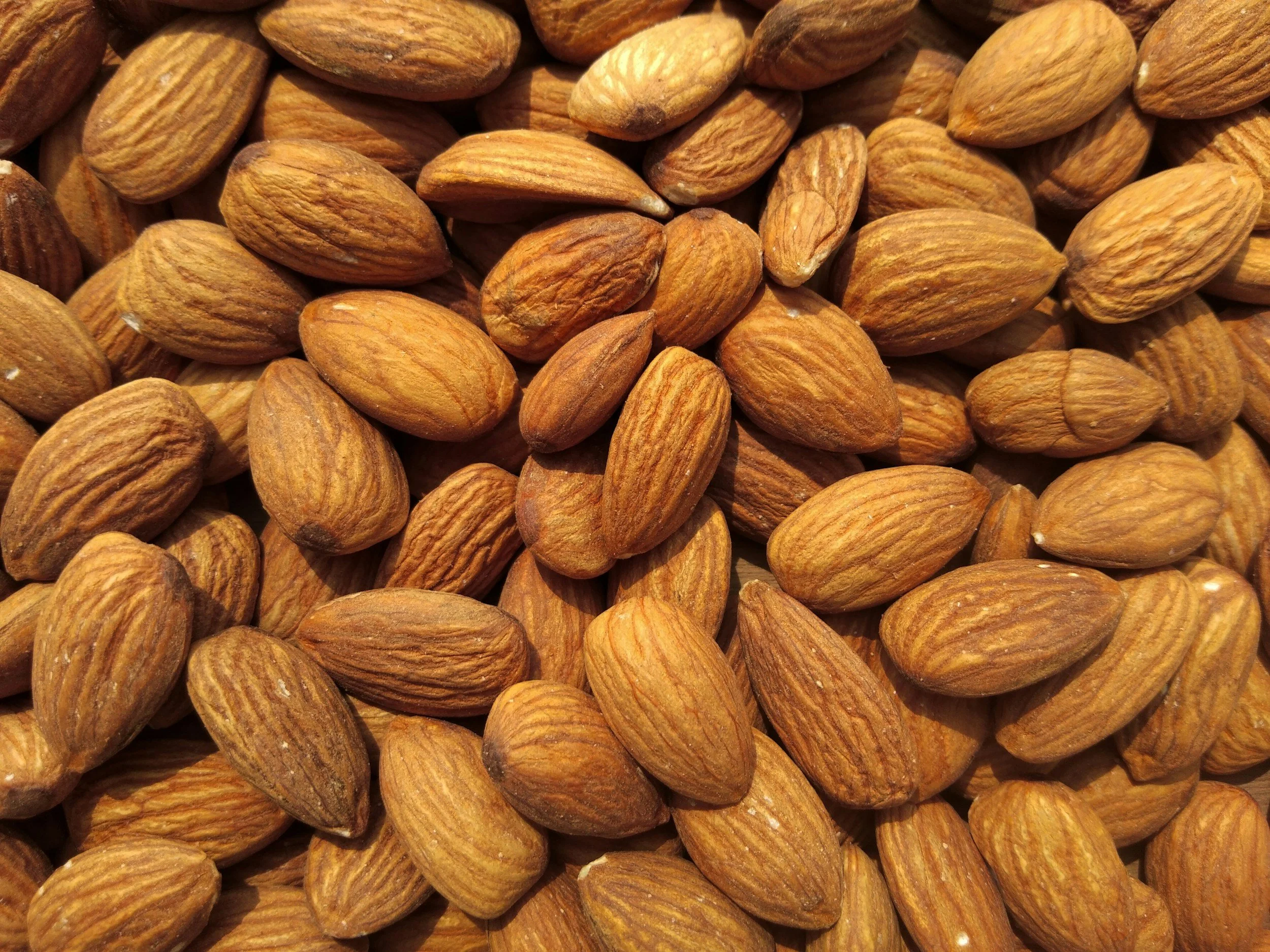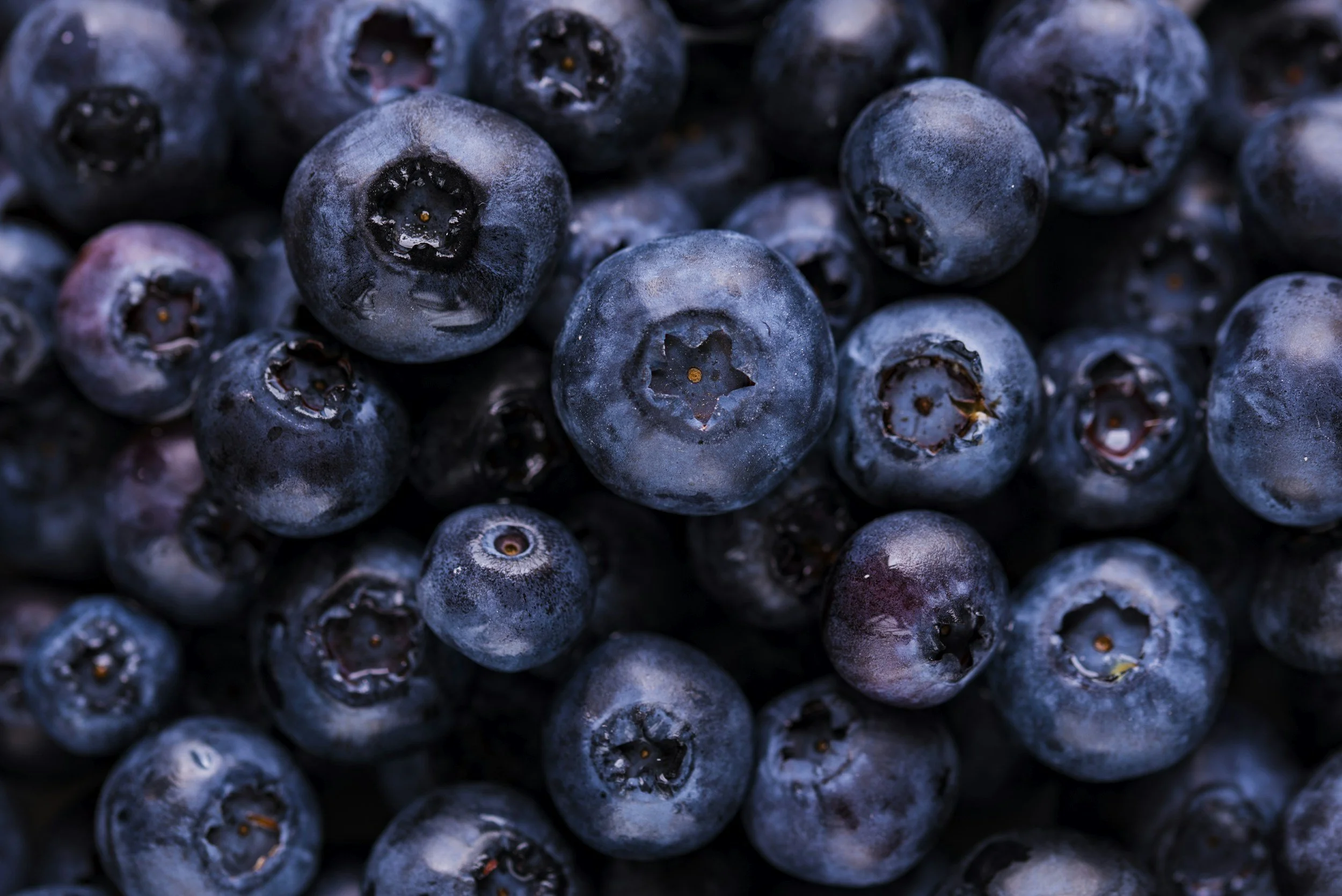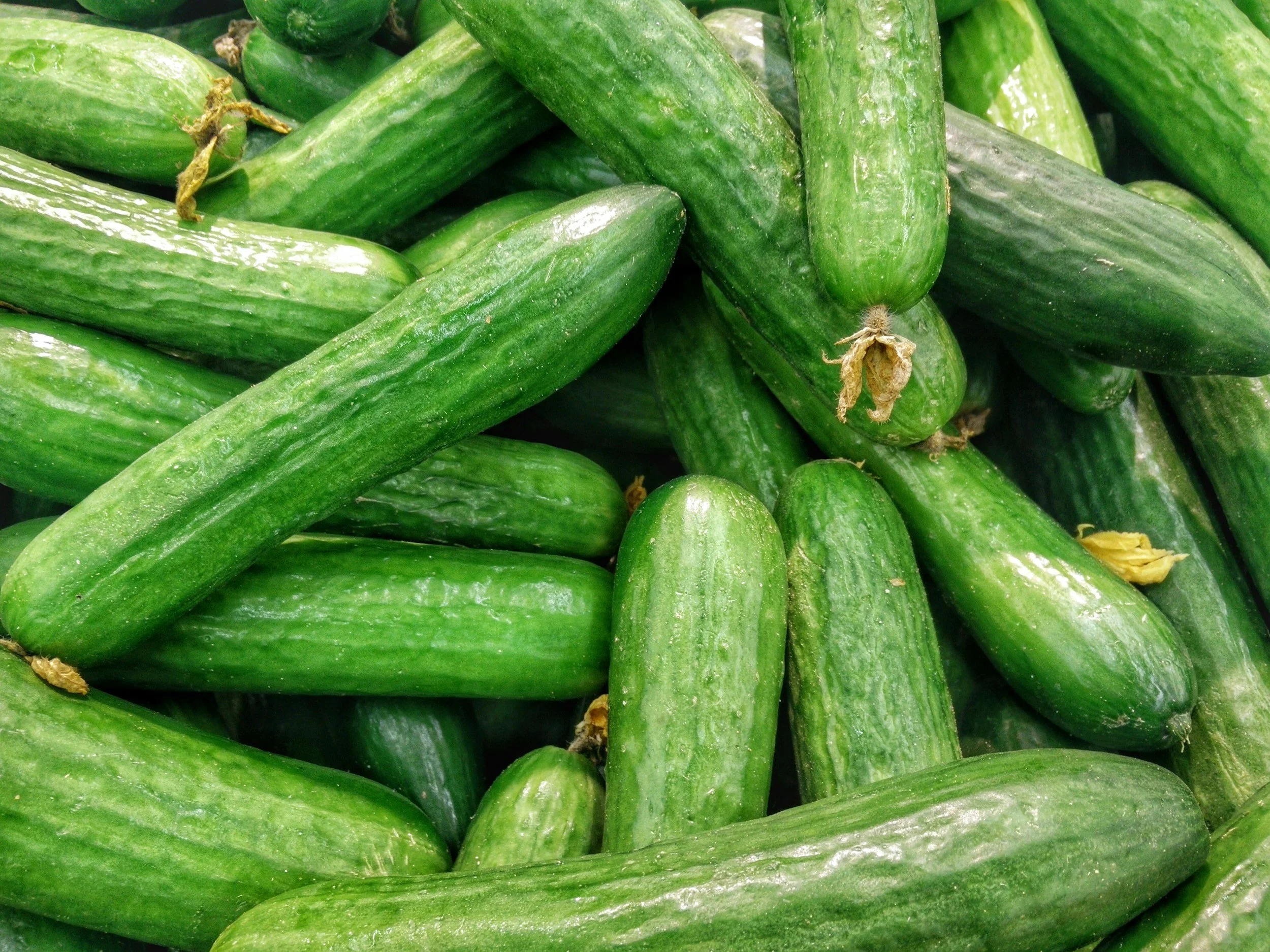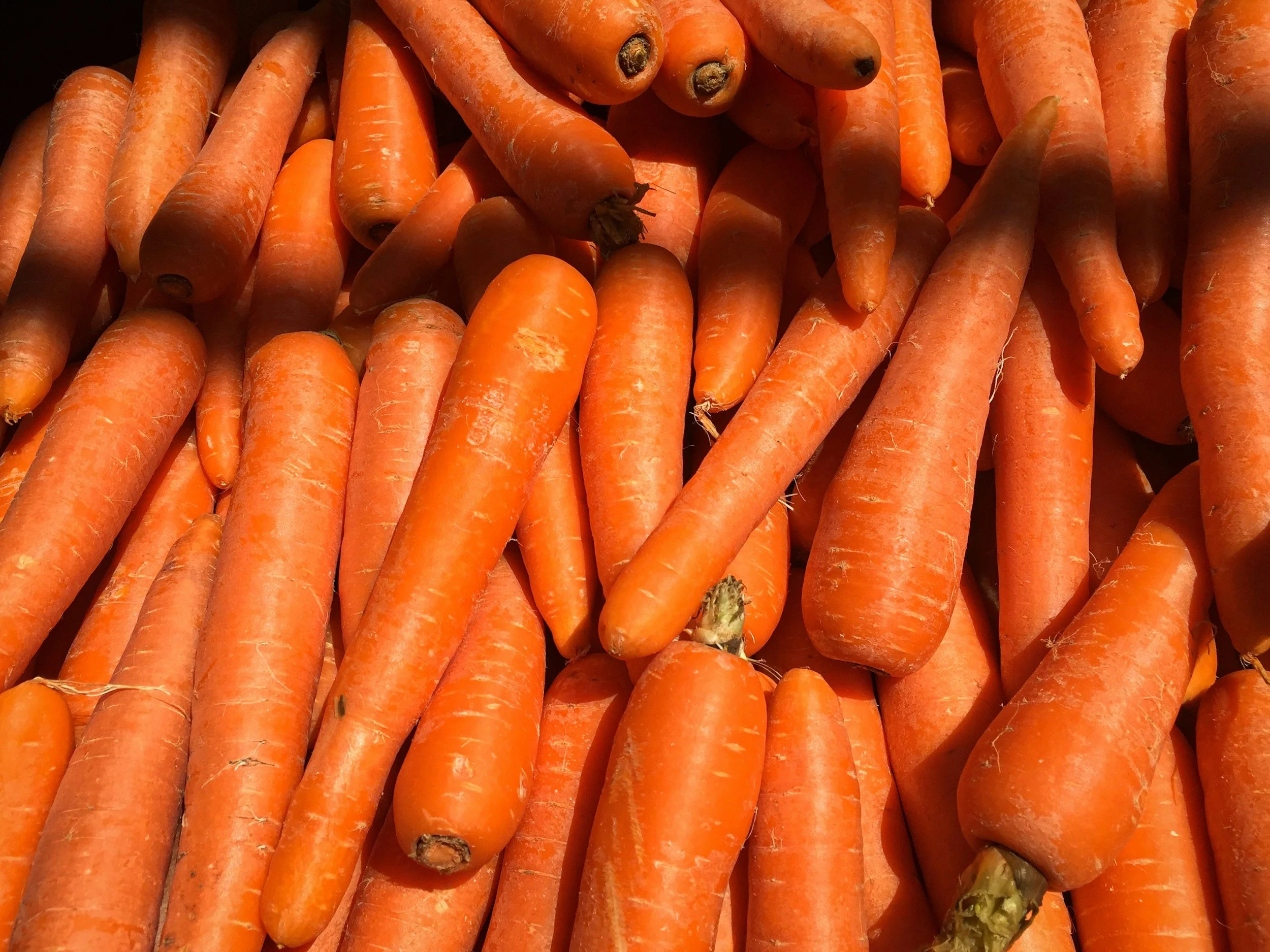
WHY BEES?
They may be small, but their impact on our ecosystem is massive.
Everyone knows the bee. Oklahoma alone is home to more than 4,000 bee species, along with thousands of butterflies and birds—all vital pollinators. But the honeybee is the most recognizable, making it a powerful symbol of a much larger issue.
Focusing on honeybees helps rally support for all pollinators. And as a sweet bonus, honey allows us to thank donors while expanding forage space for the many species that depend on it.
WE NEED THEM AND THEY NEED US.
Far from being a small concern, bees lie at the heart of our survival—and they have been dying at unprecedented rates. Their hard work is essential not only to healthy ecosystems but also to sustaining animal and human life.
Each year, bees experience massive die-offs throughout the U.S. and Canada. In 2017, the rusty-patched bumblebee was the first bee added to the endangered species list in the continental U.S. A 2019 survey from the Bee Informed Partnership states that nearly 40 percent of U.S. beekeepers lost their colonies during the previous year. Compared to 1947, the U.S. honeybee population has declined by 60 percent.
Put simply, bees pollinate one-third of the food we eat.
From apples and squash to buckwheat and coffee, bees pollinate most of the fruits, vegetables, seeds, and nuts that are essential to our diets. Honeybees, in particular, play a huge role in agriculture, contributing over $15 billion to the value of U.S. crop production.
FIVE PRIMARY THREATS TO BEES
HABITAT LOSS
With the expansion of industrial agriculture and human development, many habitats have dwindled, fragmented, or disappeared completely. This includes natural spaces containing important forage and nesting sites for wildlife species, including pollinators.
POOR NUTRITION
Bee and non-bee insect pollinators play an integral role in the quantity and quality of production for many food crops, yet there is growing evidence that nutritional challenges to pollinators in agricultural landscapes are an important factor in the reduction of pollinator populations worldwide.
CHEMICAL PESTICIDES
Pesticides deter and kill unwanted pests and weeds on both a commercial and residential scale. However, they often destroy non-target species like bees. Harmful pesticides and other environmental pollutants are a leading cause of pollinator decline.
INVASIVE SPECIES
When humans introduce new species into a novel environment, these plants may have a competitive edge over the native species and overtake the local ecosystem. This can result in a loss of food for local bees, whose diets have evolved to feed on local plantlife.
PARASITES AND DISEASE
All of these factors have contributed to the spread of non-native parasites and diseases. Pests have weakened honeybee populations, while certain wasps feed on native bees and honeybees. Fungus like Nosema Bombi have been common in bumblebee species and their decline.
